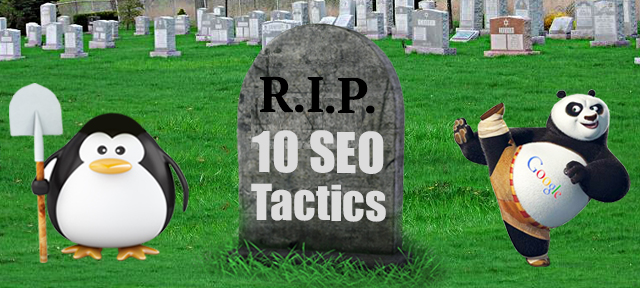A list of the best SEO practices to increase site traffic and views (and ultimately land money in your pocket)
The Search Engine Optimization (SEO) that is done once the article is finished may be more important than the work done while working on the article. At least as far as traffic for the article is concerned. There are many powerful SEO practices for increasing traffic that must be done once after the article is completed. The following is a list of the most important SEO tips for increasing traffic to online articles.
Social Bookmarking
This is another great way to get backlinks. Social Bookmarking is saving your article to sites like Digg, Stumble Upon and Delicious. When you save your article to a social bookmarking site you are also creating a backlink from that page to your site. This creates a "vote", though a slightly weak one. But if you think of how every other person can then save that link too, this can become potentially powerful. Social Bookmarks are an important SEO tool for increasing traffic to online articles.
Keyword Research and Utilization
Keywords are the short phrases that search engines will find and rank. Articles need to be written with an understanding of how these keywords will rank. That is keyword research. It is all about knowing how difficult it is likely to be to get your keyword or phrase to rank on the top page of Google. The first thing you should do when working on search engine optimization is find a great keyword phrase for that page.
Backlinks
Backlinks is a big topic. It is really THE topic when it comes SEO techniques to increasing traffic to online articles. First of all every single backlink creates a pathway that someone can follow to your doorstep. That is not SEO, but that does make a great way to generate traffic.
Since backlinks are so important to this topic the following is a list of everything that needs to be known about backlinks to fully understand increasing traffic with SEO.
1) No-Follow/Do-Follow: There are two different types of backlinks. No-follow and Do-Follow. No follow means that the "spiders" or "bots" that come from the search engines and follow these links to your site are not supposed to count these as backlinks. Basically they Do Not Follow the links. These backlinks are still worth but of lesser value.
2) PageRank: Page Rank is basically a vote of confidence that Google gives to a site over time. This page ranking is mainly based on how many "votes" it has from its own backlinks (among other things). Page Rank is scaled 0-10. Every increment of PR that a site increases means that it can pass along a more powerful "vote" to any site that has a backlink attached to it. So 1 PR5 backlink is worth dozens of PR0 and PR1 Backlinks
3) Relevance: Relevance isn't new, but with the release of Google "Caffiene," Google stated that they will be putting a premium on relevance for their search results. Relevance means that you get a better "vote" from your site about the BMW if you have your backlink from a site on "cars" and you get an even better "vote" if it comes from a site that is also about BMW's.
4) Anchor Text: When you make your backlink you do so with 1-4 words usually. These words are your "Anchor Text" they should be close variations of the keywords for the site you are linking to. It is desirable to have some variation in your keywords used for anchor text, but staying close helps with the relevancy and is good SEO.
5) Blog Commenting: Blog commenting is one of the most popular ways to try to get mass backlinks. Making sure the comments are "do-follow" is step 1. A good step two is finding blogs that are both commentluv and keywordluv enabled. Commentluv is a addon that allows a post from YOUR blog to be displayed after your comments. If the blog is dofollow this is a backlink. Keyword love allows you to change your name where you sign in to keywords of your choice by typing in "name@my keyword". All keywordluv blogs must be dofollow.























